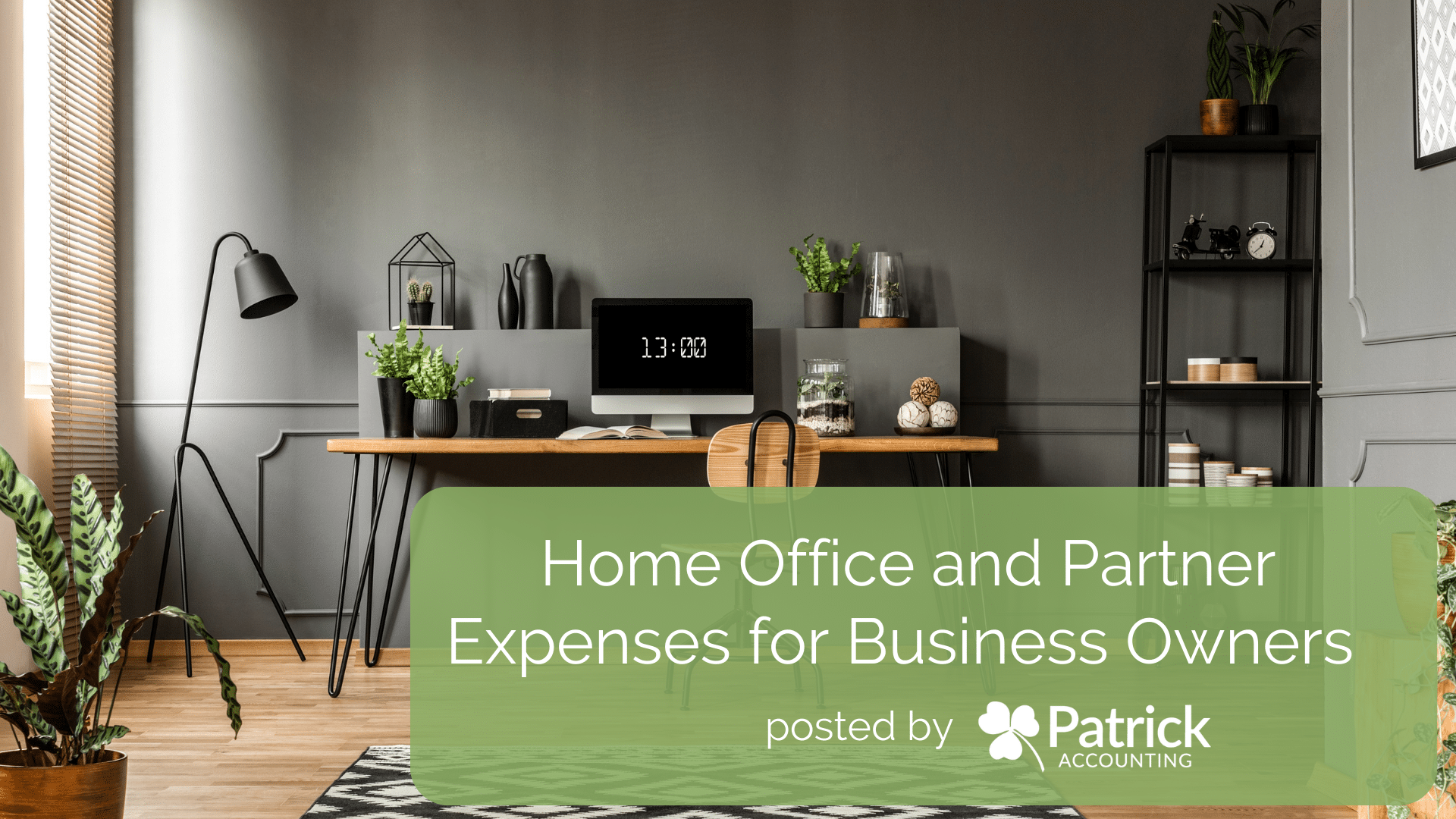The 21st-century workspace has dramatically shifted, and with more businesses than ever before operating from the confines of their homes, understanding the tax implications and benefits of home offices is paramount. For business owners and partners, comprehending these benefits can mean significant financial advantages. Here’s a breakdown of what every business owner should know about home office and partner expenses.
If you’d rather listen to me talk through it, click here to watch my video explanation.
Home Office Deductions: The Basics
The home office deduction is primarily available to owners and partners of LLCs, sole proprietorships, and single-member LLCs. However, there’s a clear distinction based on the business structure:
- For sole proprietorships and single-member LLCs: Deductions can be claimed on Schedule C, with Form 8829 detailing the specifics.
- For partners: The deductions are claimed on Schedule E.
For owners of S and C corporations, the approach differs. They cannot claim home office deductions on personal returns because they’re considered employees in this context. If an owner has home office expenses, the corporation must reimburse these costs, and the corporate entity claims the deduction.
Qualifying for the Home Office Deduction
Your home office needs to be a regular and exclusive area dedicated to your business. If the office space serves dual purposes, like a desk in a bedroom, only the portion dedicated exclusively to the business can be considered for the deduction.
However, a critical caveat is that if your business is renting office space from you, home office deductions aren’t permissible.
Calculating Home Office Expenses: Two Methods
- Actual Expenses Method: This method encompasses two categories:
- Direct expenses: Costs directly linked to the home office space, like painting or new flooring specifically for the office, are 100% deductible.
- Indirect expenses: These include costs that cover the entire home, such as mortgage interest, real estate taxes, utilities, rent, insurance, pest control, and depreciation. A percentage of business use determines the deductible portion. Typically, this percentage is calculated based on the square footage of the office in relation to the home or based on the number of rooms.
- Simplified Method: Introduced recently, this approach reduces the time required for calculations. Business owners can multiply the square footage of their office space (up to 400 square feet) by $5. This results in the deduction amount. Mortgage interest and property taxes are still claimable on Schedule A as itemized deductions. One notable advantage of this method is that there’s no depreciation claim, and thus, no potential for recapture upon selling the home.
Insights on Other Partner Expenses
For partners, if you incur expenses that the partnership doesn’t reimburse, you can claim them on personal tax returns. This can encompass costs like business mileage on personal vehicles, phone expenses, meals, dues, or subscriptions. However, the IRS mandates the partnership agreement to specify that partners bear these expenses out-of-pocket.
Unreimbursed partner expenses or Schedule C expenses essentially reduce business income, impacting both self-employment tax and the qualified business income deduction.
Documentation and Reporting
A crucial note for business owners is the importance of documentation. While tax professionals may not require every receipt, retaining them is essential should the IRS request an audit. Using tools like mileage tracking apps can ease the process of reporting and ensure that all deductions are accurately accounted for.
—
Running a business from your home has its perks, with tax deductions being a notable one. Whether you’re a sole proprietor, partner, or a corporation owner, understanding these nuances can significantly impact your bottom line. At Patrick Accounting, we’re committed to assisting business owners in leveraging these advantages. Always remember: knowledge is the key to maximizing your deductions and making your business thrive. If you have more questions or need expert guidance, don’t hesitate to reach out.
Looking to learn more? Check out our article on how to pay yourself as the business owner.
